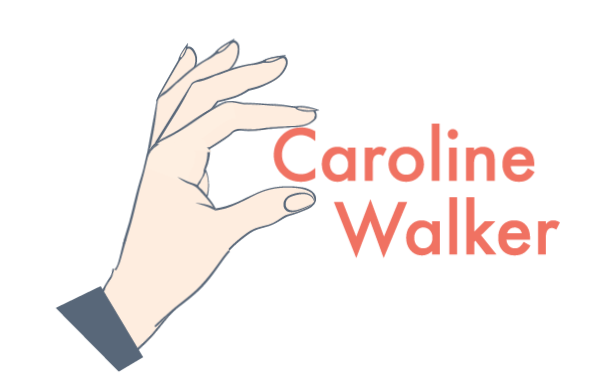Overview
Founded in 2018, Dropout (formerly known as collegehumor) is a subscription programming service free of ads. While the content itself is lauded for its ingenuity, users are often frustrated by their experience with the app.
Users often comment that it is difficult to find shows within the existing navigation, and there isn’t any way to generate suggestions based on the user’s watch history. I sought to create features that would facilitate a more navigable (and enjoyable) user experience, while allowing the content to shine.
My Role
Sole UX Designer
Tools
Figma, Survey Monkey
Timeline
75 Hours, 3 Weeks
Problem
Research Objectives
Research Methodology
Research
Although the platform offers great content, many users are frustrated by their experience with the app. Users are unable to favorite shows/episodes
1. Discover common pain points
2. Create a hierarchy of existing features that users would like to be improved
3. Determine which new features (if any) users would want for a more enjoyable experience
Secondary Research, Competitive Analysis, User Interviews
Competitive Analysis
Upon analyzing major streaming service competitors, it was apparent that Dropout was the most cost effective choice at only $5/month ad-free. But a large corporation like Netflix can afford to have a robust feature set, giving users to the ability to rate titles and offering suggestions based on watch history.
I knew that I would be unable to completely revamp Dropout’s app with my limited time, scope, and budget. So I went into the next phase of my research hoping that the users would hep illuminate the features (existing or not) that needed immediate attention to improve the overall experience.
User Interviews
Due to inconsistencies with participant scheduling, I relied on using surveys in conjunction with virtual interviews to create a more robust data set.
Define
Once the interviews were completed, I finalized my personas based on the largest dichotomy within the Dropout user community: users that subscribe mainly for Dimension 20 content, and those who subscribe for comedy content.
User Flow
While there were multiple avenues that I could explore with user flows, I knew that it was paramount to focus on the discoverability of new content and the search functionality of the app.
User Personas
Ideate
Wireframes
For my low-fidelity wireframes, I updated navigation copy for the home page for easier browsing, added the “like/dislike” feature for episodes when viewed in thumbnail, episode recommendations based on the user’s watch history, and a more intuitive search function.
Low Fidelity
High Fidelity
Prototype & User Testing
Metrics
After the prototype was complete, I began moderated usability testing with 5 subjects who met the required criteria. The tests were conducted either virtually or in-person, depending on the subject’s geographical location.
User Tasks
Areas of Success
User goal achievement
Task completion time
Error rate
Satisfaction rating
Find the show “Make Some Noise” on the home page
Filter details page to show Season 2 episodes
Add “100,000 Batmans” episode to “My List”
Open “My List” page
Browse the “Recommended for You” tab and open the show “Dimension 20”
Rate “Dimension 20”
Find the “Brennan Lee Mulligan” tag within the show description to search for content
Open “A Message from the CEO” details page
Open episode 1 ellipsis shortcut and add to “My List”
100% of users were able to complete each task in under 30 seconds
100% of users rated task difficulty as either a 1 or 2
All participants who were subscribers of Dropout for over a year felt that the new features were an improvement to the existing app.
Final Protoype
Closing Thoughts
Working on this project further reinforces the need for user interviews and feedback. With the economic uncertainty across the globe, consumers are more wary of their spending. Long-lasting brand loyalty (which then creates profit and company growth can only be effectively created by listening to the needs of the users.
The main challenge that I encountered was scheduling user interviews and user testing. I had many potential participants either delay their testing or cease responding, even after I had offered financial compensation for their time. However, it’s important to view each challenge in design as a lesson, so it reinforced that it’s important to be flexible and adapt to things that are out of your control.






